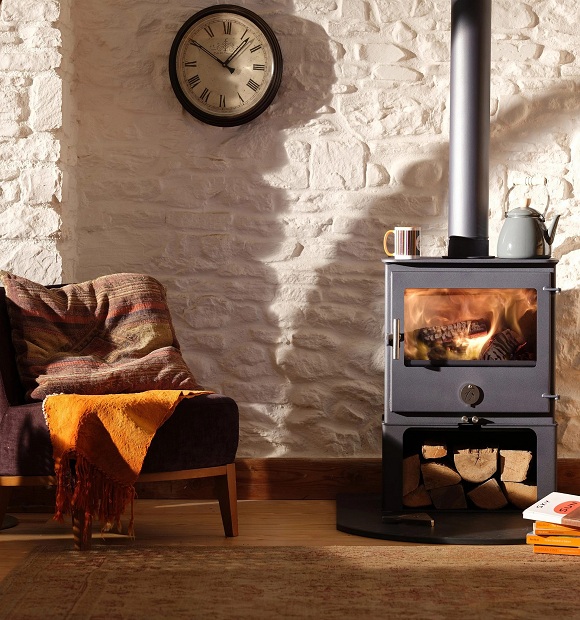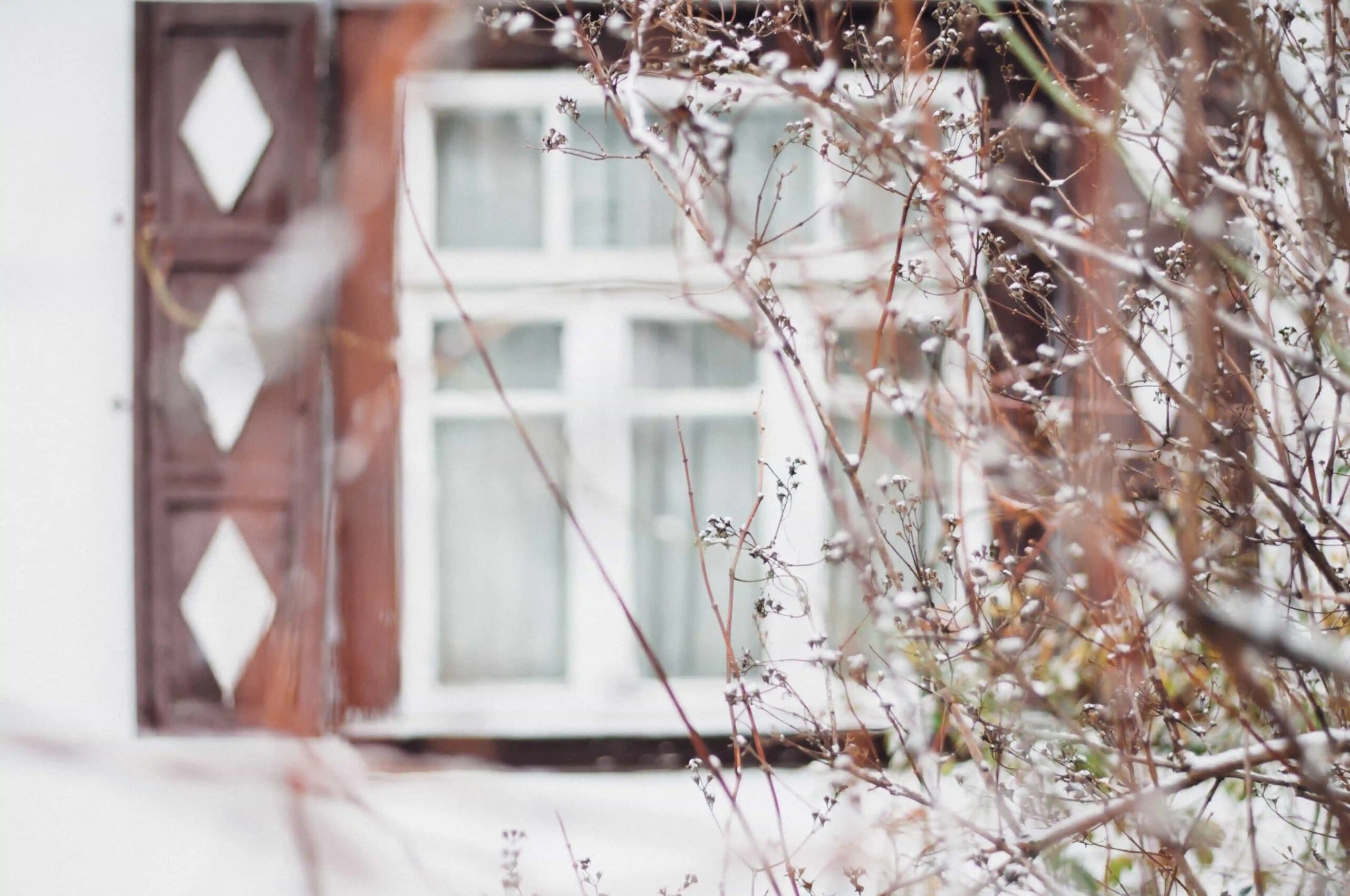It is crucial to determine whether or not more heating is necessary before making any efforts to provide it.
The first step in saving energy is to think about how you can keep your house warm without turning up the heat or adding more wood to the fire.
Regardless of the outside temperature, use these easy methods for keeping warm inside.
Keep Yourself Warm Without Heating Your Home
- Wear a sweater or several thin layers. (Wool and other natural fibers are excellent for retaining heat. Make sure the options you pick come from a reliable, cruelty-free, and ecologically-friendly source.
- Put on some thick socks or soft slippers to wear about the house to keep your feet warm.
- Do some physical activity to keep the blood pumping.
- Use the heat produced while cooking to your advantage. (For instance, after using the oven, you can prop open the door to release some of the residual heat into the surrounding area.)
- Keep your body fueled and heated by eating nutritious, filling meals.
- Make use of blankets and throws to create a cozy atmosphere in your home by doubling up on bedding and using them as throws around the living area.
- If you want to get some rest in bed or elsewhere in the house, try using a hot water bottle to give localized heat.
- Use an old bed warmer to warm up your sheets.
- Use hand warmers to keep your hands warm.
- Invite some people over. (The increased body heat will help warm the room.)
- Get a pet. (Their own heat will assist, too.)
Inevitably, there may be occasions when supplementary heating is called for.
However, putting into practice the aforementioned ideas and tactics could assist lessen the frequency and duration of energy expenditure needed to keep a home warm.
The use of passive solar design features can help you keep your home warm during the winter.
Passive solar architecture is another method to lessen your reliance on energy sources and keep your house warm throughout the year.

What is the Passive Solar Design?
In order to keep the area comfortably cool in the summer and warm in the winter, passive solar architecture must take into account both the sun’s position and the time of year. The goal is to make the room airy, light, and pleasant.
Understanding the timing and path of sunlight into a room is the first step in making the most of the sun’s rays and allowing them to warm the space.
This can help to ensure that the lighting and temperature conditions are pleasant all day, every day.
Energy costs can be lowered and a greener lifestyle achieved through the use of passive solar design.
In order to keep your house warm during winter, the most important thing you can do is to pay attention to the sun.

Improving Your Home’s Passive Solar Design
Passive solar architecture is an important consideration for all new construction.
Nevertheless, if you live in an older home, it may not have been thoughtfully built to make the most of the sun’s warmth and illumination.
Here are some potential steps you can take to more efficiently use the sun’s energy:
- Put in a south-facing sun room, conservatory, or lean-to greenhouse to increase the amount of natural light in your home.
- Consider adding larger glass sections to the south side of your house.
- Add a skylight that faces south to bring in additional natural light.
- Remove plants from in front of windows that face south (in the northern hemisphere) to let in more light.
- During the day, make sure the blinds or curtains are pulled back (but closed at night).
- The sun’s warmth can be stored as thermal mass and gradually released at night. With this, we can maintain more consistent temperatures. Stone, brick, concrete, ceramics (tiles, etc.), and water are all examples of materials having good thermal mass.
- Use black/dark materials that absorb more of the sun’s heat during the day.
- If you want your home to feel cozier when you’re in it, go with warmer-to-the-touch natural materials (like wood, wool, etc.). (For instance, a toilet seat made of natural wood rather than plastic is both cozier and better for the environment. Having plenty of soft furnishings can also assist create a cozy atmosphere.)
- Set up some seats in a bright area. They’ll be warmer than those in the shade.
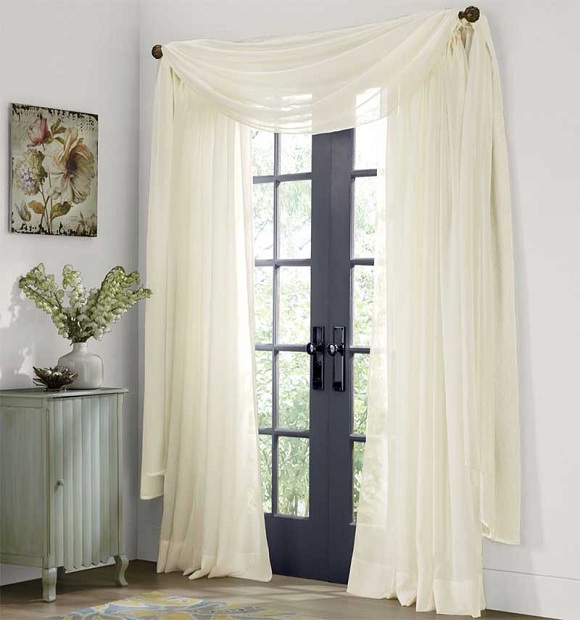
Reduce air flow and heat loss to keep your home warm
No matter how well-thought-out your home’s construction is, it will be hard to maintain a comfortable temperature inside if heat can easily escape.
The following are some suggestions to assist you reduce the rate at which heat escapes from your home:
- Replace any broken tiles and check for other signs of wear and tear on your roof to ensure it is in good condition.
- Make draft excluders for doors.
- Install DIY double glazing to seal leaky windows.
- When temperatures outside are extremely low, it may be advisable to temporarily seal off air bricks and ventilation bricks.
- To stop heat loss from an unused chimney, use a flue blocker or build your own chimney blocker.
- Add doors/partitions to decrease heat loss from used (and heated) living areas to less used sections. Close off the rooms you aren’t using so that you can only heat the rooms you are in.
- Plant wind-break hedging/shelter belt trees to reduce wind cooling.
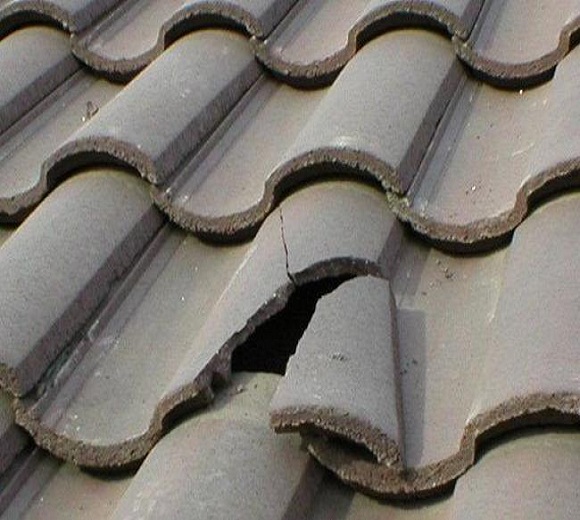
Enhance the Insulation in Your House to Keep the Heat in
Filling in holes is only a small part of the picture. The heat in your house will escape through the ceiling, walls, windows, and doors, as well as the floor.
Increasing the home’s insulation will have a major impact on how well heat is kept.
- Invest in wall insulation. (You may want to consider installing substantial exterior insulation if there isn’t much room to do so indoors. Thermal coatings are unlikely to be effective.)
- Consider eco-friendly loft insulation made from wool, recycled newspapers, or recycled jeans. (The space beneath the flooring or in the walls could also benefit from such insulation.)
- To insulate your home on the cheap and to stop heat from escaping through the floor, roll out some carpet or a natural rug on the floor between your floors.
- Install thermal blinds to keep the heat in.
- Consider planting evergreen climbers on the north and east sides of your house. They can be aesthetically pleasing and functional as insulation.
Adding a heat recovery system to an existing well-insulated home can further increase its energy efficiency.
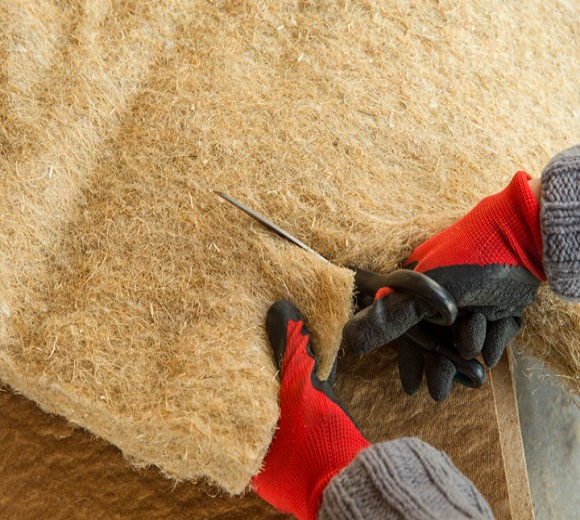
Use a Space Heater to Maintain Indoor Warmth
- If you heat your home with wood, you might want to think about making a rocket mass stove.
- Make DIY tin can solar heaters.
- Create a candle-powered ceramic warmer.

How to Improve the Performance of Your Wood Stove
There are also some tips you may do if you already have a wood-burning stove in your home to maximize its efficiency this winter:
- Verify that the chimney has been thoroughly cleaned.
- Select the proper firewood. Some types of wood, like oak and ash, work considerably better in a stove than others.
- Ensure that the firewood you use is adequately seasoned.
- Adjust the stove’s draw to the desired level. (Excessive airflow causes the fuel to be used too quickly; insufficient airflow reduces the temperature of the flame.)
- Consider installing a stove fan to distribute the warm air from the stove around your home.
These are just a few of the many improvements you may make and strategies you can take to keep your home warm and comfortable throughout the cold season.
